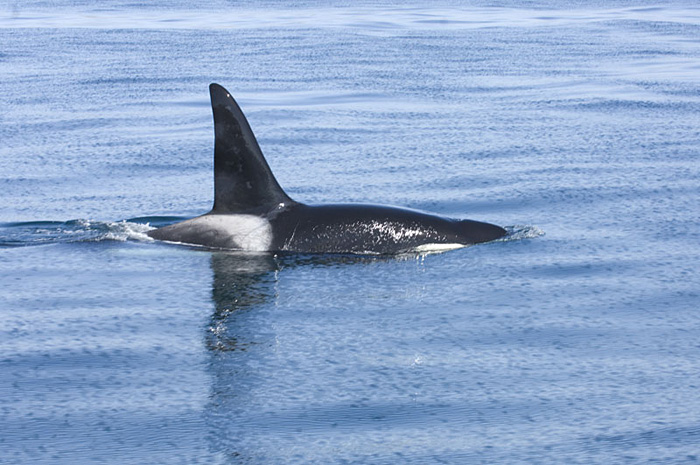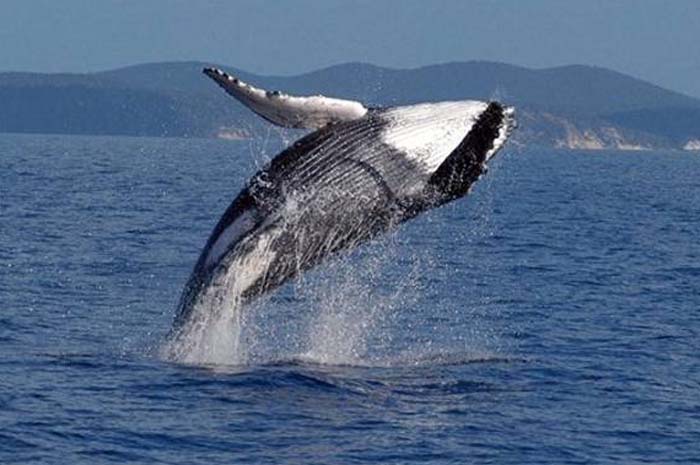California Sea Lions
Zalophus californianus
The California sea lion (Zalophus californianus) is a coastal sea lion of western North America. Their numbers are abundant (188,000 U.S. stock, 1995 estimate),and the population continues to expand about 5% annually. They are quite intelligent and can adapt to man-made environments. Because of this, California sea lions are commonly found in public displays in zoos and marine parks and trained by the US Navy for certain military operations. This is the classic circus "seal", though it is not a true seal.
California sea lion males grow to 360 kg (850 lbs) and 2.4 meters (8ft) long, while females are significantly smaller, at 100 kg (220lbs) and 2 meters (6.5ft) long. They have pointed muzzles, making them rather dog-like. Males grow a large crest of bone on the top of their heads as they reach sexual maturity, and this gives the animal its generic name (loph is "forehead" and za-is an emphatic; Zalophus californianus means "Californian big-head"). They also have manes, although they are not as well developed as the manes of adult male South American or Steller sea lions. Females are lighter in color than the males, and pups are born dark, but lighten when they are several months old. When it is dry, the skin is a purple color. A sea lion's average lifespan is 17 years in the wild, and longer in captivity. By sealing their noses shut, they are able to stay underwater for up to 20 minutes.
California Sea Lions in the Channel Islands National Park
California sea lions are well known for their dog-like barks. They are very vocal, particularly during the breeding season. Adult males make deep, loud barks repeatedly when establishing territories. After that, the males are mostly quiet unless their territorial boundaries have been violated by a rival. Barking may also attract mates. Female sea lions emit a unique vocalization when calling their pups, and the pups themselves will bleat and make a high pitched alarm call. Juveniles and subadults of both sexes will make high-pitched barks when alarmed. California Sea Lions thrive in the Channel Islands. They can be seen swimming and on the island shores. You can see them on bouys or in groups sunning themselves while floating in the water.
December 26 – April 30
Departure Time:
Weekdays: 9 :00 AM
Weekends: 9:00 AM and 1:00 PM
Type of Wildlife in the Channel Islands Region
There are several different species of whales that could be encountered on one of your trips. California Gray Whales, Humpback Whales, Blue Whales, Finback Whales and Orca Whales (Killer Whales) are common sightings in the waters surrounding the Channel Islands. Additional wildlife includes seals, sea lions, dolphins and a rich variety of bird life; some of which are endangered and protected.










